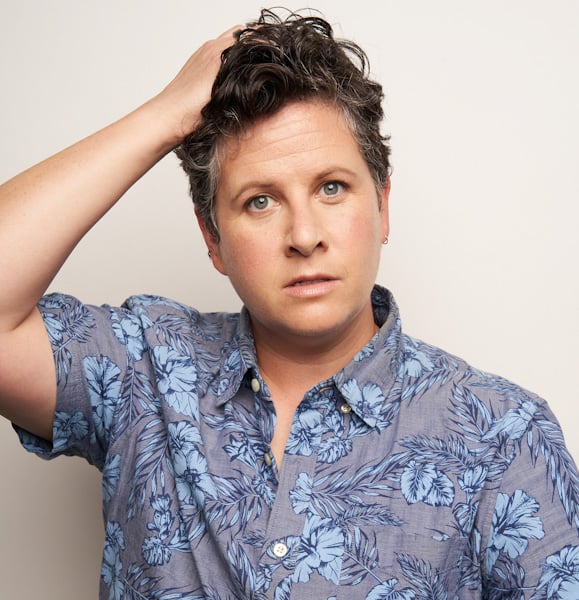Ethics 20/20 Commission Seeks Input on Alternative Business Structures for Law Firms
The ABA Commission on Ethics 20/20 is seeking comment on whether lawyers and nonlawyers in the United States should be allowed to team up to form entities that provide legal services and, in some cases, do other work as well.
The commission is asking for input by June 1. An issues paper (PDF) produced by the Working Group on Alternative Business Structures was posted today on the commission website.
The posting is an early step in the commission’s process of deciding whether to recommend changes in ethics rules or other regulations governing lawyers in a way that would allow some forms of alternative business structures, which right now are prohibited in every U.S. jurisdiction except the District of Columbia. Alternative business structures have gained a significant foothold, however, in Canada, Australia and the United Kingdom.
“These issues are no longer theoretical. They are not merely domestic concerns,” said Jamie S. Gorelick, one of the commission’s co-chairs, in comments sent by email in response to questions from the ABA Journal. “U.S. lawyers and law firms of all sizes serve clients in the global legal services marketplace. Their clients are taking advantage of these alternative models, and these lawyers and law firms are both encountering and participating in them. The commission is studying the impact of this reality in the context of how to provide guidance to those lawyers and law firms.”
The commission is taking a wide-ranging look at how ethics and lawyer regulation are being affected by technology and globalization.
Gorelick is a partner at Wilmer Cutler Pickering Hale and Dorr in Washington, D.C. The other commission co-chair is Michael Traynor of Berkeley, Calif., a past president of the American Law Institute.
Although the issues paper does not constitute a formal recommendation or policy position by the commission, it does confirm that the commission will not consider the full range of ABS possibilities.
“Alternative business structure” is an umbrella term that covers entities in which lawyers organize themselves with nonlawyers to provide services to clients that could be limited only to legal services or that might also include certain nonlegal services. The District of Columbia, for instance, permits lawyers to share a management and/or financial interest with nonlawyers in entities that are limited to providing legal services. At another point in a potentially broad spectrum, the multidisciplinary practice approach would allow lawyers and nonlawyers to share management and/or ownership of entities that provide both legal services and other types of work for clients.
In February, the commission decided that allowing outside passive investment by nonlawyers in law firms—either with or without caps on the extent of such ownership—“would not be appropriate to recommend for implementation in the United States at this time, though both have been adopted elsewhere since July 2000,” the issues paper states.
Instead, the commission is seeking feedback on three specific types of alternative business structures:
• Limited lawyer/nonlawyer partnerships with a cap on nonlawyer ownership. A narrow version of this approach would require that the firm limit its work to the practice of law and that a cap be imposed on the percentage of the firm’s nonlawyer ownership. Nonlawyer owners also would be required to pass a “fit to own” test.
• The District of Columbia Model. Under its version of Rule 5.4 of the ABA Model Rules of Professional Conduct, the District of Columbia permits lawyers to form partnerships with nonlawyers that engage only in the practice of law, but does not impose a cap on nonlawyer ownership or require nonlawyer owners to pass a “fit to own” test.
• Multidisciplinary practice. Essentially, this option would allow firms organized under the District of Columbia’s version of Rule 5.4 to offer both legal and nonlegal services.
The ABA has been down at least one lane of this road before, only to come to a dead end.
In its work that led to the adoption in 1983 of the Model Rules of Professional Conduct to replace the Model Code of Professional Responsibility, the ABA’s Commission on Evaluation of Professional Standards—known as the Kutak Commission—drafted a version of Model Rule 5.4 that would allow some partnering between lawyers and nonlawyers. But the ABA’s policymaking House of Delegates rejected that approach in favor of a Rule 5.4 that essentially prohibits any partnering between lawyers and nonlawyers in an entity that engages in the practice of law.
That version of Rule 5.4 has remained pretty much intact ever since, both in the ABA Model Rules and in the versions adopted by the states—with the exception of the District of Columbia. Twice, in 1999 and 2000, the House turned back recommendations by the Commission on Multidisciplinary Practice to open the door to some forms of MDP.
The question now is whether the climate in the United States is any more receptive to MDP or other forms of alternative business structures than it was 30 or even 10 years ago. The answer may still be at least a year away, since the Ethics 20/20 Commission’s schedule calls for it to submit the bulk of its recommendations for consideration by the House of Delegates at the ABA’s 2012 Annual Meeting in Chicago.



